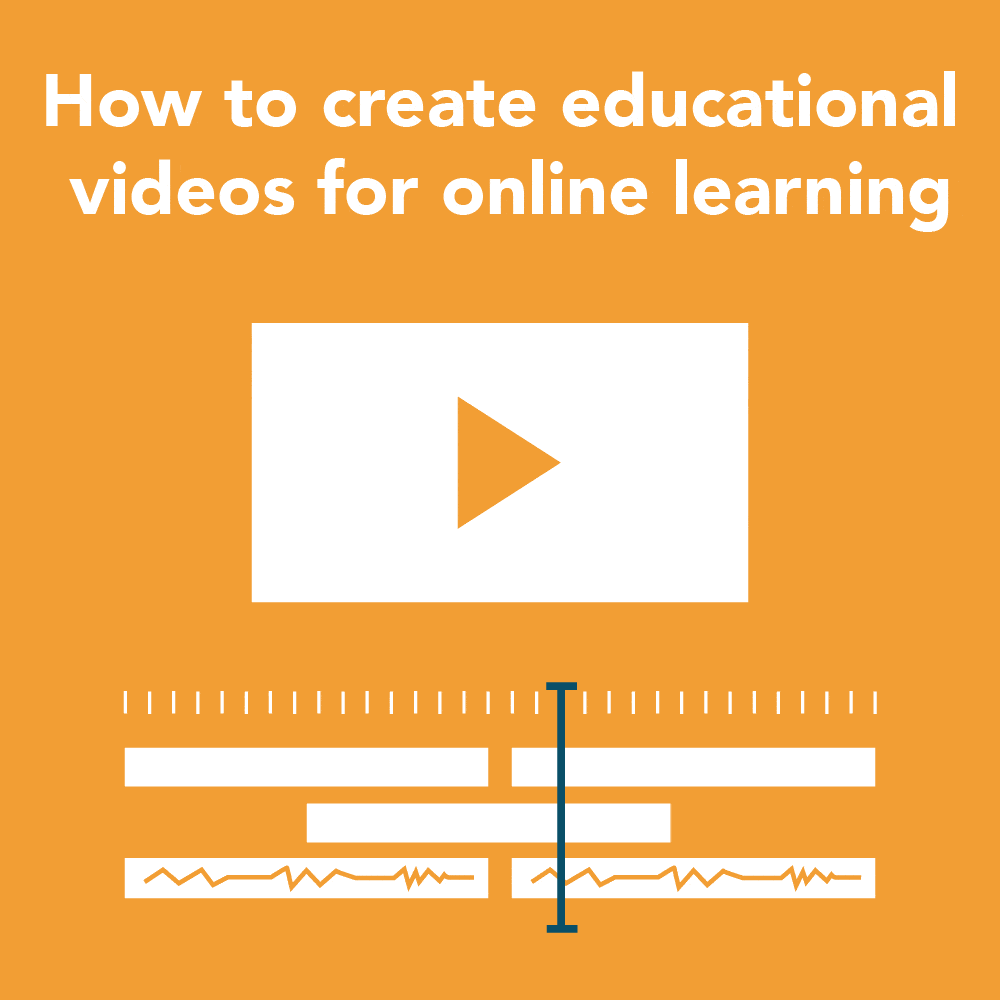With a new school year approaching, one that is filled with uncertainty for so many, I wanted to provide guidance to the many educators navigating this new phase of normal. My latest book is a guide to help K-12 teachers navigate online learning environments. “Technology Tools for Online Education” is meant to give educators guidance on how to create effective, exciting and engaging online classroom learning experiences for their students. The book includes detailed tutorials on video making, with a specific emphasis on technology tools that are used to create engaging online learning experiences.
Teachers move toward online education
Lessons from Technology Tools for Educators

When teachers were suddenly required to teach online, many were overwhelmed by the technology gaps. With some feeling a steep learning curve, they simply got by with what they knew. As someone who has created live streaming and video content for years through my company’s marketing division, StreamGeeks, I’ve learned firsthand how this content can be a powerful learning tool.
According to the Social Science Research Network, 65 percent of us are visual learners. For children, some agree that percentage is even higher. Combine that with the younger generation’s expectation of video for nearly everything they do, and it’s clear that teachers have a great responsibility yet also a unique opportunity.
The Book & Online Course
In addition to the insights provided in my new book, here are some of the things we’ve uncovered in the last several months that teachers can do to make lessons memorable and become better online educators:-
- Original Video Clips: Showing clips during a lesson is engaging. We work with an instructor regularly who teaches high school math. He used a video taken at his local Starbucks to create a lesson on unit cost. The video was memorable for his students, and it applied a real-life application to his lesson.
- Use a Webcam and a Document Camera: To create an engaging presentation, teachers can use both a webcam to show themselves and a document camera to show content and other materials, thereby providing two unique views for students. The document camera can highlight what the teacher wants to show, such as science or other experiments.
- Smart Phones: Where smartphones may have been a distraction in the classroom, we’ve learned that 80 percent of the interaction a teacher and student will have will be on a smartphone. With built-in video editors, free apps and other tools on smartphones to enable learning, teachers should engage these tools to create content for their students. If it’s easy for students to do, they will do it.
- B-Roll: B-roll video clips can capture students’ attention and break up lessons. Finding clips on YouTube or LinkedIn, even unrelated to the topic, can make lessons fun and keep students engaged. Teachers can implement “Motivational Monday” or other regular segments that students will come to look forward to seeing each week.
- Zoom: Teachers can check in with students in one-on-one Zoom sessions. Many teachers agree that hosting just a 10-15 minute session where a student can ask questions uninterrupted, can be beneficial. This can be especially important for students who may not want to open up in a larger group setting.

Conclusion
Overall, educators shouldn’t be afraid to try new tools to make learning more engaging. Mainstay tools, including Google Classroom, will continue to provide teachers with the foundation they need for their students. However, I urge them to not be fearful of trying new tools that may help students engage better from the other side of the screen. Some students will use a desktop computer, others a laptop and others will just be relying on their smartphone. Game-based learning platforms and apps such as Kahoot are tools today’s students expect to use. As one of the teachers we work with says “if they’ve got their cell phone with them, embrace what they have in their hands.” With new tools being developed with rapid frequency, there’s no harm in trying a unique approach with your students. They will see that adopting technology for learning is both fun and beneficial.Go here to download your copy of “Technology Tools for Online Education.” To expand your learning further, head over to the accompanying Udemy course.





